Casa CTO and early Bitcoin advocate Jameson Lopp has voiced concerns over the overwhelming dominance of Bitcoin Core, the leading Bitcoin (BTC) node software. In a May 2, 2025 post on X, Lopp called Bitcoin Core's 96% usage share "suboptimal" for network decentralization. While node operators can freely choose their client, he warns that alternatives often suffer from critical issues, including being maintained by a single developer or lacking peer-reviewed updates.
Bitcoin Core remains the backbone of the Bitcoin network, with 96.99% of nodes relying on it. The next closest client, Bitcoin Knots—maintained by Luke Dashjr—accounts for just 2.72%, while btcd (also known as Bitcoin Suite) is used by 0.29% of nodes. Other "exotic" clients collectively represent a mere 0.04%. Lightweight Rust-based implementation Floresta and Golang-based btcd are the most active alternatives, Lopp noted, but both still face challenges in development and security.
Lopp’s comments come amid renewed criticism of Bitcoin Core’s conservative development approach, especially around long-standing protocol limitations like the OP_RETURN data cap. Proposed changes to expand OP_RETURN—intended to support Layer 2 (L2) scalability—have sparked debate within the Bitcoin community. While some support greater flexibility for innovation, others argue that loosening restrictions could lead to blockchain bloat and compromise Bitcoin’s core principles.
As pressure mounts to scale Bitcoin’s utility while preserving its integrity, Lopp's remarks underscore the delicate balance between innovation and decentralization. With Bitcoin Core maintaining near-total dominance, the lack of robust alternatives raises concerns about centralization risks in what is supposed to be a decentralized system.










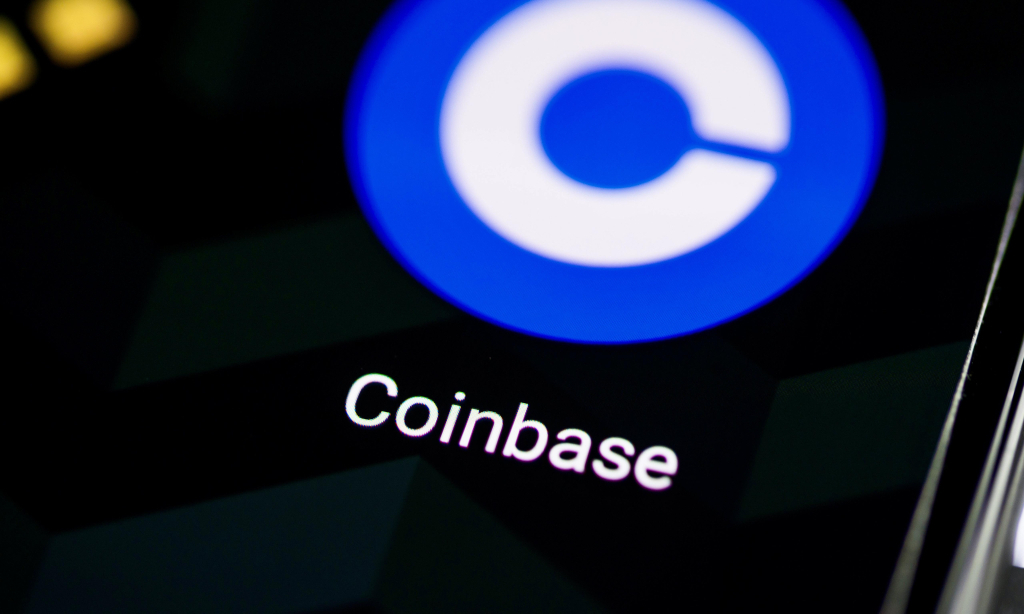

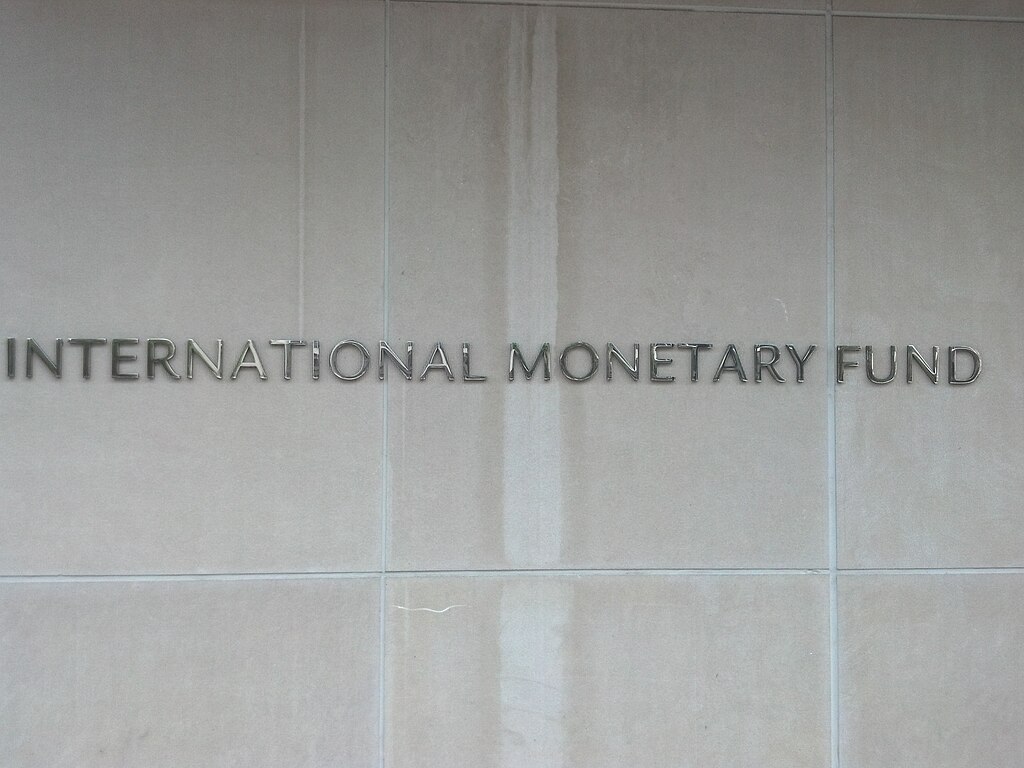


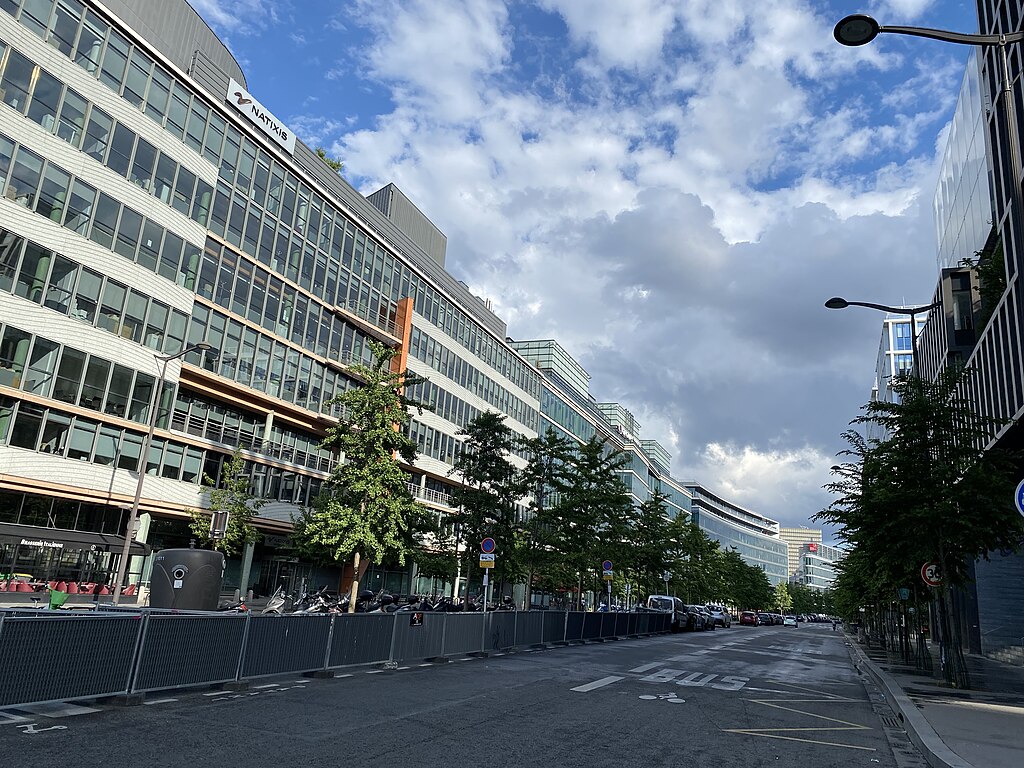
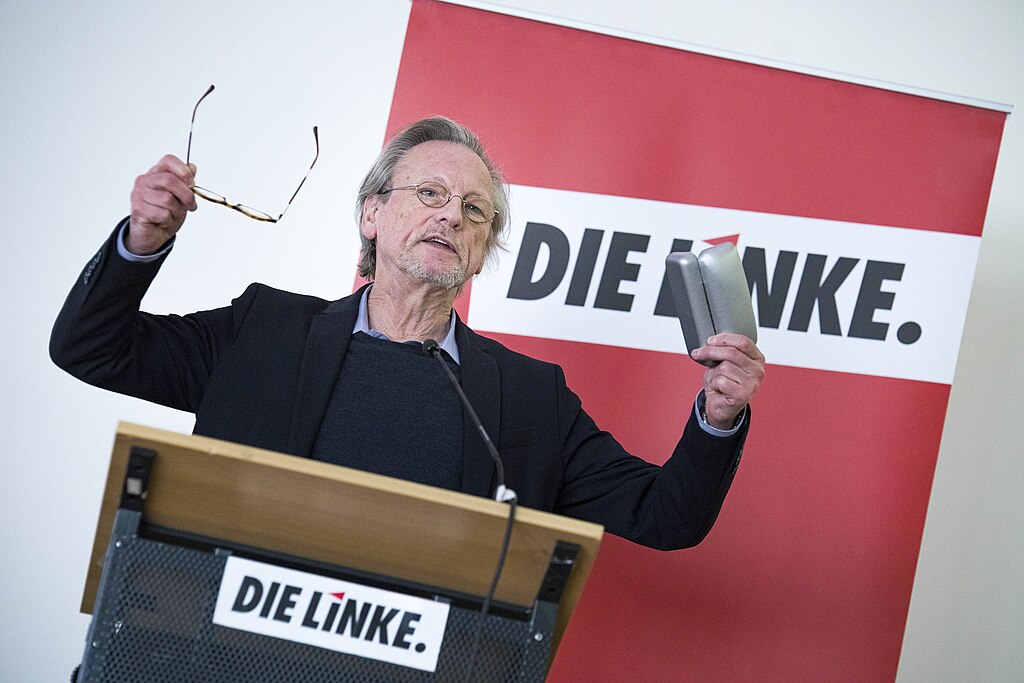

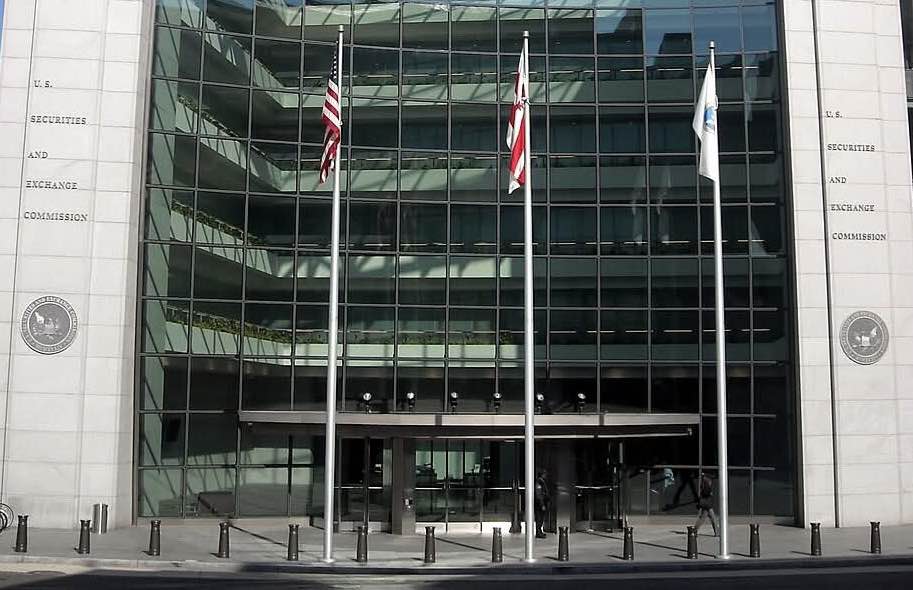
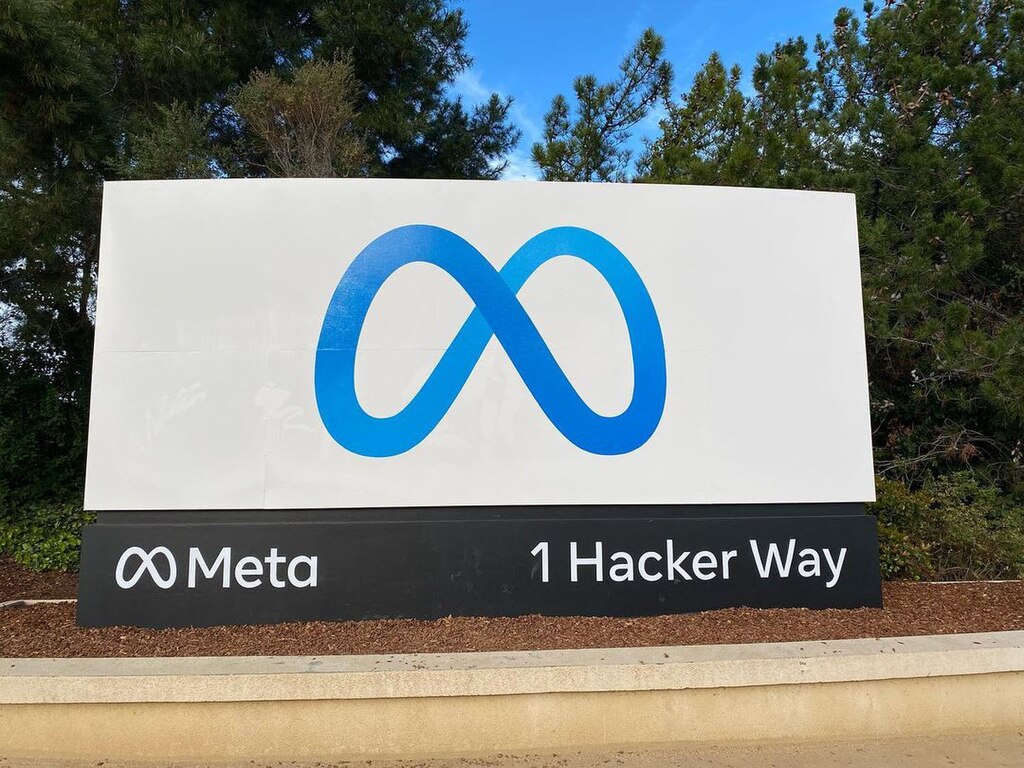




Comment 0